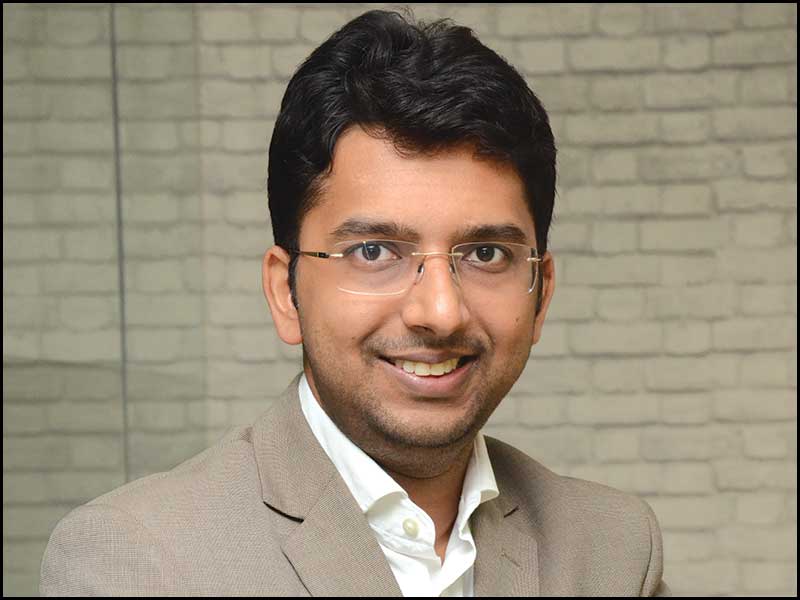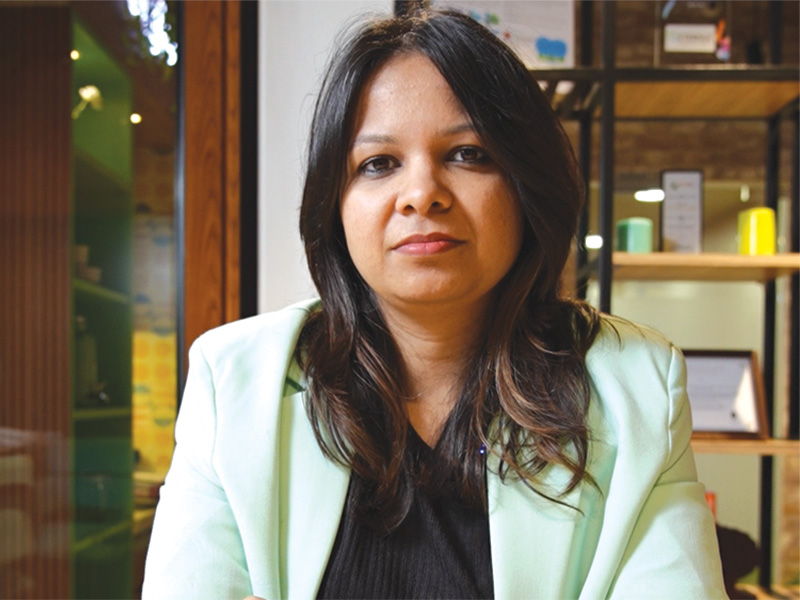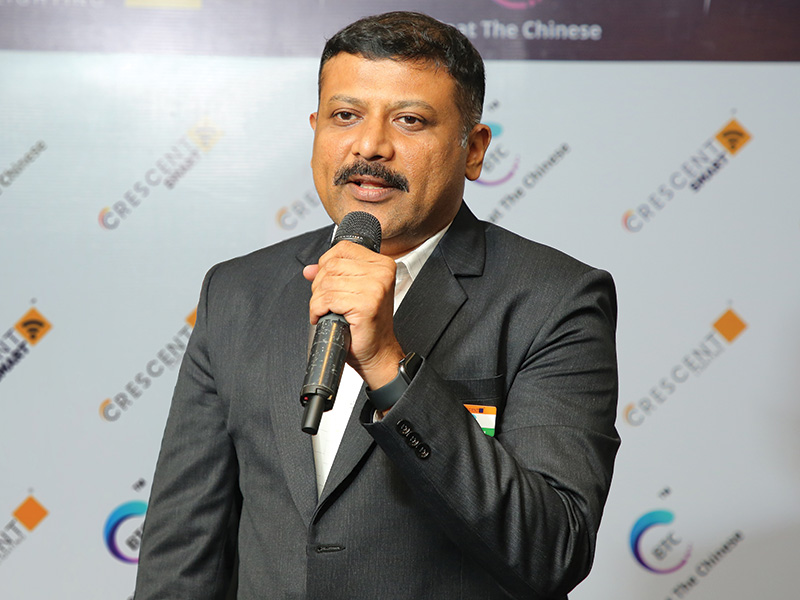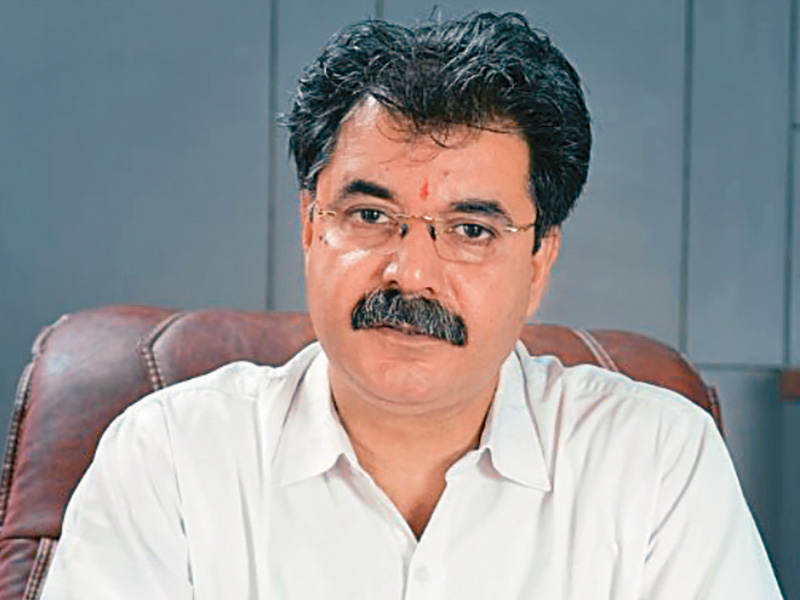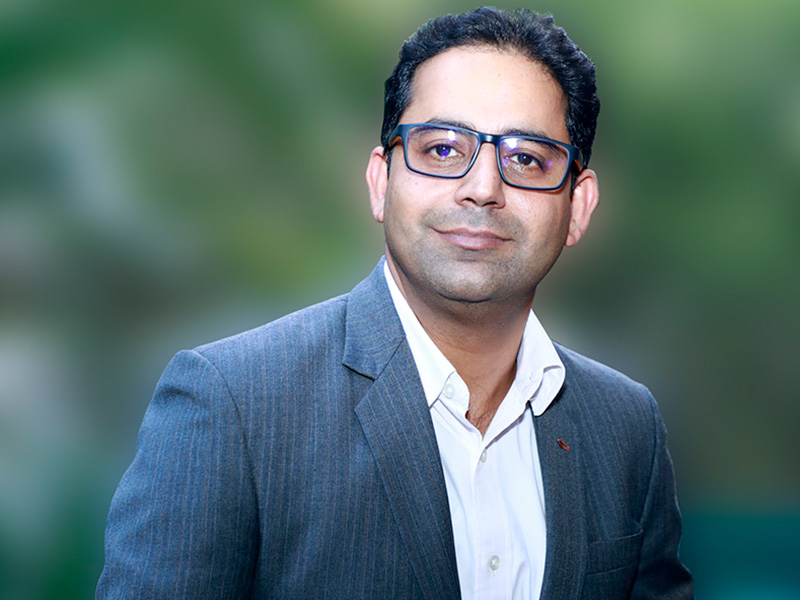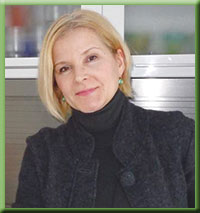
What does Sustainability mean to you and how are you infusing it in your design?
To sum up in one word what Sustainability means to me, I say: Respect. Respect to humans as well as nature, and dedication to achieve a harmonious existence together that includes an infinite future.
As a designer, it is my responsibility to provide healthy space to my clients. I welcome any budget, and enjoy the creative process of providing an attractive design that is healthy and flexible for future additions if desired.
During my design process I focus on my client's needs and wishes when I recommend products. The goal is using low impact, non-toxic materials, minimize waste, lower energy and water consumption. I also carefully examine the given space and target to maximize its given benefits. For one example – window, door orientations are important and could provide good use of natural light, fresh air and access to views. If possible, enlarging windows and/or replacing it with a french door could reduce the need for artificial lighting and therefore the need for electricity. Using less electricity means not only cost savings to my client but reduced pollution into our environment. Another important consideration of the orientation is possible overheating. In this situation many wonderful shading control design opportunities are available, but in addition I make sure to design cooling appliances in the most shaded area of the space, so it will not have to work extra hard to do this job, and with that -again- use more energy, create extra costs to my client and pollute more. I also try reusing materials whenever and wherever possible, for example re-finishing existing hardwood floors, incorporating an antique furniture, and so on.
What fascinated you to enter into the world of design?
My Mom. Growing up, I remember she always liked arranging and re-arranging furnitures and decorations in a unique way, that made our home always pretty and inviting. To look back, she definitely had a strong influence on my sensitivity to details, as well as my love and respect of nature. She also loved plants, and was an amazing gardener. I remember my brother and I as kids often laughed behind her back, because she used to talk to her plants while caring for them. And now, after 20 years, often find myself doing the same. This makes me smile each time, and I cherish it as a special bond that keeps her memory alive. Furthermore, I consider myself very rich to inherit these values from her.

What is your design philosophy especially for kitchens and bathrooms?
Less is More. I know it is an old term, and perhaps a little over-used, but when it is done rightly, it is the perfect attitude to create a truly sustainable design. I try to create a design that provides flexibility for future changes that are easily available for both, design and function. In terms of Kitchens and Bathrooms, they have some specific items we can't be without, and they also happen to be quite bulky pieces, for example appliances like fridge and tub for the bathroom. Therefore, the rest of the space I try to carefully balance it out in such a way that the room functions well while still being spaceous, grand and comfortable. I don't aim to fill the walls with cabinets everywhere. I love working with different heights, depths, open shelves and feature client's art-work or favorite items as focal points. I try to avoid creating a kitchen and a bathroom. What I mean is, when I design a kitchen, that space will reflect my client's lifestyle and heritage, and will serve as a family hub and party room. The space will definitely have elements in there that has got nothing to do with cooking and eating and storing dishes. Quite a while ago I stopped using the word 'bathroom' and came up with and started using 'BathEscapes'. I design bath-escapes and not bathrooms. My philosophy is that, BathEscapes should be a space where one could get away from everyone and from everything for a while and we all deserve this private time to recharge. I do not believe budget has any influence in creating a BathEscapes in a home. Upcycling for one example is a very creative way of reusing existing materials. (Recently, I wrote a blog on this, where I go into more detail.)
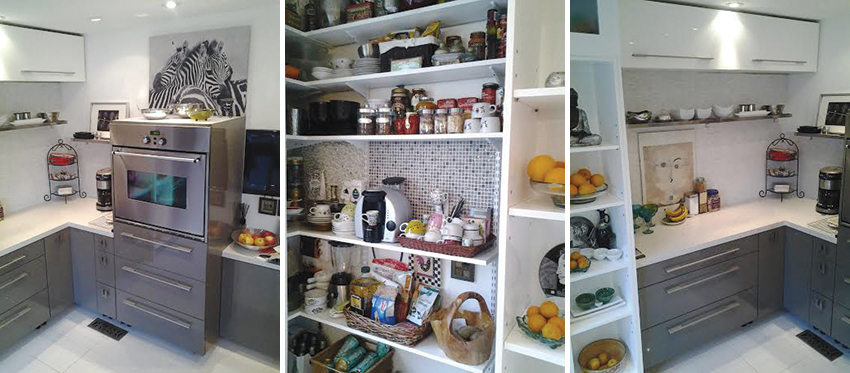
XL Kitchen Studio Inc. is a full service design firm offering unique and creative design solutions within the clients' set parameters and budgets. How are you able to blend these aspects in your offerings all together?
As I touched on earlier, I truly believe a budget shouldn't be an issue for a creative designer. I am always aiming to be a good designer, and part of that naturally includes that I respect my client's budget and deliver on the financial expectation as well. However, I approach and work with this guideline also with my creative-hat on. Proper communication with my clients is key to success. I present options, and I am careful to have the costs attached immediately, so at the end, it is my client who decides how much to spend on what item, and the trade-offs that make it possible to stay within the desired financials.
As I said earlier, some items are given for a kitchen and bathroom. Therefore, I always start with the big, essentials to be chosen and approved by my client and I work with the leftover budget to spark a WOW-space. I always recommend quality products with timeless-design when it comes down to forms and colors to ensure longevity both aesthetically and in terms of enjoyment. If a budget is very-very tight and there is a strong desire for something in addition, I design to accommodate the future transition-in-waiting by down-playing the absence by design. In the past few years, the demand for my design work extended to far-away countries. Designing, 3D and email, skype communications knocks down any borders, and I enjoy the creative design work, and new friends from all over the world who materialize my design concept at the end.
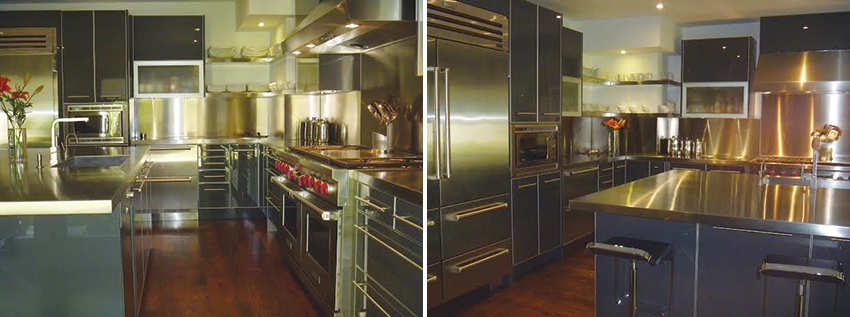
Kitchens and Bathrooms are the most water and energy-consuming rooms. As a green designer, it is my responsibility to minimize waste by choosing brand products that are leaders in this regard. As I mentioned earlier, natural light intake, ventilation consideration, and even neighbouring pipe locations are considerations of mine when I am designing within the given space, again with the goal to minimize negative impacts, provide healthy environment for my clients to live in, and to be economical as well.
What was the rationale to form the NKBA Green Committee?
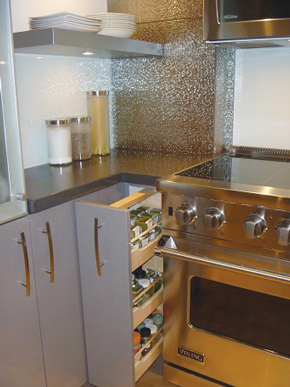
Could you please tell us about SIPgreen and its mission?
I truly agree with the statement – 'Sustainability must start with the organization and not the project'. As a Certified Sustainability Professional in the Kitchen+Bath business, I wanted to provide help freely, and spread the understanding of this vital stand. Based on this desire, I created Sustainable Impact Pros, SIPgreen.
SIPgreen is focusing on how to align business success while advancing sustainability in the Kitchen+Bath+Constr-uction+Interior Design.
SIPgreen's Mission is to redesign the way we think and do business. We need a new level of cross-sectoral professional collaboration never seen before between designers, architects, retailers, and consumers. SIPgreen's mission is business sustainability, to make an impact on the environmental quality through promoting the marriage between green products and design, and to foster the debate on how to achieve the needed changes in the residential kitchen + Bath + Construction + Interior Design field. SIPgreen's Goal is to assist transition from green to sustainable, assist clarity, collaboration and learning opportunities. Assist the public by providing expert and up-to-date information to encourage demand for healthy products and services. SIPgreen's website is: www.sipgreen.org.
SIPgreen has a linkedin forum, I created two years ago, called Sustainable Kitchen and Bath Professionals and have 1000+members already. It is an excellent, unique and free space for learning and networking, helping each others advance, without any limitations.
I was and will always be open for opportunities to accelerate our impact through partnerships and collaborations.
SIPgreen provides a variety of professional consultation, in-house training services to the K+B Industry. Just to highlight a few areas: 101-Know how to address corporate sustainability issues, sustainable decisions and actions regarding manufacturing, product impact, suppliers, office operations, purchasing, transportation, facility management, house keeping, and public relations. Know how to identify trade-offs, prioritizing, how to attract new customers, gain recognition through transparency and positive marketing. Customized webinars are also available to meet specific requests, for examples: Sustainable Kitchen Design and How to avoid green washing?
You have a wide international exposure in the green-design sector. How is Indian Interior design different from Toronto or other overseas market?
Yes, since I started working on SIPgreen, I have been absolutely amazed by the positive feedback and increased demand for my services.
I am also very much enjoying the many brainstorming and learning opportunities I gained by meeting like-minded individuals. Staying up-to-date on my knowledge I take it very seriously, and whatever I learn I try to apply it to the industry. SIPgreen allows me to freely focus on positive sharing, and as a direct result I work with people as far as Asia and Europe often. This May, I was invited to Bangalore and New Delhi, to hold a workshop on Sustainable Kitchen Design at the India Kitchen Congress. I was extremely impressed by the show and congress, and found it highly professional in all aspects. I had the opportunity to meet wonderful people who were not only very much interested in sustainability, but also dedicated towards positive change. I loved the passionate interaction, and I would definitely say, Indian people are much more relaxed and open to exchanging different views without the fear of intimidation. I find this very positive and very much progressive, as it resulted in powerful knowledge sharing.
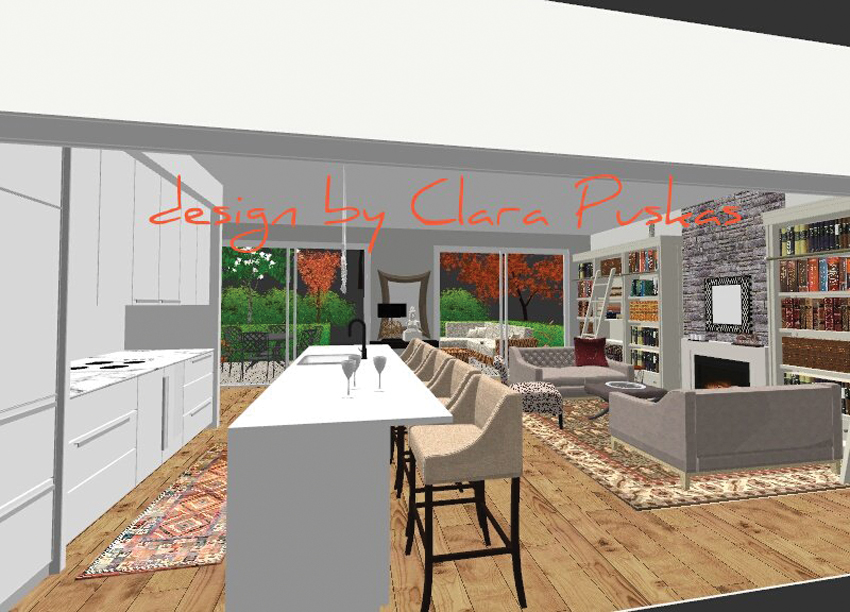
As to your question on how Indian interior design differs from Toronto and other markets, my personal opinion is that there is nothing like the Indian interior design. The rich Indian history is embedded deeply, and gives such a uniquely beautiful flavor that makes it absolutely one of its kind. And this is an amazing asset and treasure, I really hope all Indian interior designers will cherish and continue its implementation in present and future applications too. During my week stay in India, I learned that European import cabinets and appliances are in high demand for their easy assembly, quality, and flexibility. My favorite designs were those that found ways to nurture and infuse Indian elements into the final design.
A significant difference between Indian and Canadian, European design is that, we aim for open concept plan, while in India, -at least my understanding was that- this is not preferred due to the cooking style of using lots of water, oils, spices, or some Indian families have two kitchens, one for cooking and another for just entertaining purposes.
Another very visible difference is that, India is booming, and its Kitchen and Bath Industry can't keep up with the demand and the modular kitchen segment is steadily growing every year. What I also admired was that professionals in the Indian Kitchen and Bath industry understood exactly what their business weaknesses were, openly discussed them and were aggressively going after solutions.
I had a blast during my week in beautiful India, and I cherish the many friendships I gained. India is a huge country, and have many Interior Designer Chapters in place already. Indian Interior designers are committed to advancing sustainability, and understand the positive influence-power they hold at the international level.






